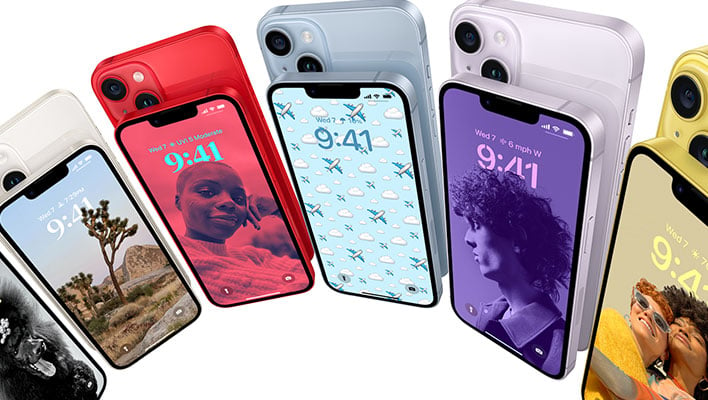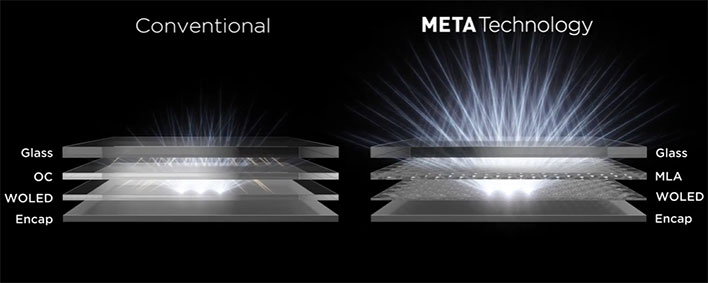Why Skipping The iPhone 15 And Waiting For Apple's iPhone 16 Could Be A Bright Idea

Apple is already sending out invites for its next major press event, which is scheduled to take place a week from today. It's all but certain Apple will unveil its iPhone 15 series (among other products) during the 'Wonderlust' event, culminating in the iPhone 15 Pro Max or iPhone 15 Ultra. There will be new features, upgraded hardware, and lots of hype, as is typically the case. But no matter what the iPhone 15 series introduces, a case could be made for waiting for the iPhone 16.
That's easier said than done, depending on your situation. For example, I'm still getting by with an iPhone XS Max that was released five years ago. I definitely have the itch to upgrade, especially when it comes to camera performance. I've also been running beta builds of iOS 17 with mixed results—bugs are inevitable in beta software, but dated hardware isn't helping matters.
So why should you consider holding off for another year? Well, Apple is reportedly mulling an intriguing display upgrade for the iPhone 16 series that could crank up the brightness.
Apple procures OLED panels for its iPhone devices from both Samsung Display and LG Display. According to a report by The Elec, Samsung and LG have pitched upgrading to a technology called Micro Lens Array (MLA). This is the same technology that LG infused into its latest-generation OLED C3 series TVs and is the main reason for the brightness upgrade compared to its C2 lineup.
Source: LG
As the name implies, MLA technology is made up of microscopic lenses. They're designed to capture light that would normally escape the viewer's eyeballs when looking at an OLED display and refocus it towards the viewer. This is further enhanced by an algorithm, which LG calls META.
It's not without its downsides, though. Depending on how it's implemented (and we imagine the overall usefulness of the controlling algorithm), MLA technology can narrow the viewing angle. There are ways around that, but probably the bigger concern for Apple is cost. As such, it's said Apple has not yet made a final decision on whether or not to adopt MLA technology for its future iPhone devices.
That said, Samsung has already applied its MLA tech to a handful of smartphone models. Likewise, LG has ported it over to some of its TVs, so both have experience with MLA tech that extends outside the lab. Scoring a contract from Apple for the iPhone 16 would be a big deal for both companies, and also consumers if it results in a much brighter display.
If you're not in dire need of an upgrade, it could be worth skipping the iPhone 15 to see if Apple really does adopt MLA tech for the eventual iPhone 16. That's assuming you're in the market for an iPhone device in the first place, obviously. It gets a little murkier if you're rocking a handset that's showing its age.
In any event, Apple's Wonderlust event (aka, iPhone 15 launch event) is scheduled for September 12, 2023, starting at 10:00am PT (1:00pm ET).


